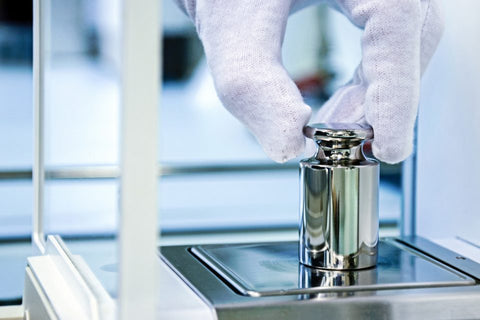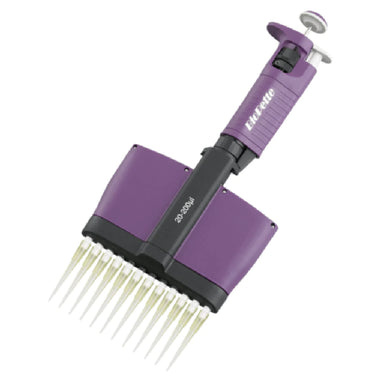- No products in the cart.
Precision and accuracy are crucial in various industries that rely on measurement instruments, such as scales. To ensure reliable and consistent measurements, calibration is essential. However, calibration alone is not enough. It is equally important to establish traceability, which involves tracing the measurements obtained from a scale back to recognized standards. In this blog post, we will explore the concept of traceability in scale calibration, its significance, and how it is achieved. Understanding traceability is crucial for maintaining quality control, meeting regulatory requirements, and instilling confidence in measurement results.
Understanding Traceability:
Traceability is the ability to establish a documented chain of measurements, ensuring that the measurements made using a scale can be traced back to national or international measurement standards. This chain of traceability provides a clear path of accountability, assuring the accuracy and reliability of measurement results. Traceability is typically achieved through a series of interrelated calibration processes that link the measurements obtained from a scale to higher-level standards.
The traceability chain begins with primary standards, which are the most accurate and stable references for a specific measurement. These primary standards are usually maintained by national metrology institutes and are periodically calibrated against international standards. Calibration laboratories then use these primary standards to calibrate secondary standards, which are subsequently used to calibrate working standards and instruments, including scales used in various industries.
Significance of Traceability:
Traceability plays a critical role in several aspects of measurement and quality control. It provides confidence in the accuracy of measurement results by establishing a connection between the measurements obtained from a scale and the known standards. This confidence is essential for making informed decisions, ensuring compliance with regulations, and maintaining customer trust.
Additionally, traceability enables the comparison of measurement results across different laboratories, regions, or countries. It allows for consistent and reliable measurements, fostering international acceptance and harmonization of measurement practices. Traceability also facilitates the identification and resolution of measurement discrepancies, supporting investigations and resolving disputes related to measurements.

Establishing Traceability:
To establish traceability in scale calibration, several steps and considerations need to be taken into account:- Calibration Procedure: A well-defined calibration procedure should be developed, including the use of appropriate calibration standards, measurement techniques, and equipment. The procedure should comply with relevant national or international standards, ensuring consistency and accuracy.
- Calibration Laboratory Accreditation: Selecting a calibration laboratory that is accredited by a recognized accreditation body adds credibility to the calibration process. Accredited laboratories follow rigorous quality management systems and are subject to regular assessments to ensure their competence and adherence to international standards.
- Calibration Certificates: Calibration certificates provided by the calibration laboratory should clearly document the traceability chain, including the standards used, calibration dates, and measurement uncertainties. These certificates serve as tangible evidence of traceability and are essential for compliance and audit purposes.
- Calibration Intervals: Regular calibration intervals should be established based on industry standards, manufacturer recommendations, and specific quality control requirements. Periodic recalibration ensures that the scale's accuracy is maintained over time and that the traceability chain remains intact.
- Record Keeping: Accurate and comprehensive record keeping is crucial for traceability. Detailed records of calibration procedures, measurement results, instrument history, and any adjustments or repairs conducted should be maintained. These records provide a transparent trail of measurement traceability and aid in future reference or audits.
Conclusion:
In conclusion, traceability is not just a buzzword but a critical element of scale calibration. It ensures that measurement results obtained from scales can be traced back to recognized standards, establishing accountability and reliability. By following the traceability chain, industries can instill confidence in their measurements, maintain compliance, and make informed decisions based on accurate data. So, whether you're in manufacturing, healthcare, or any other industry that relies on accurate measurements, prioritizing traceability is an investment in quality and precision that yields long-term benefits.
For over 40 years, Lab Pro Inc. has been committed to delivering the highest quality lab equipment, scale calibration services, chemicals, lab balances and scales, lab supplies, and cleanroom PPE apparel to medical device companies and laboratories worldwide. To learn more contact us online or at 888-452-2776.












































